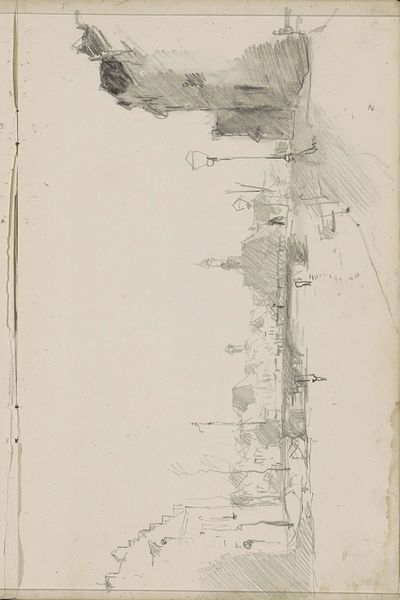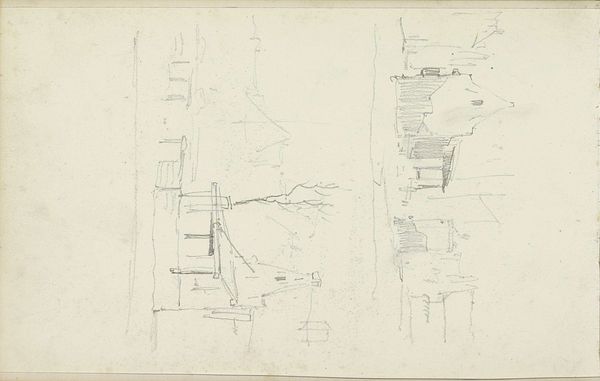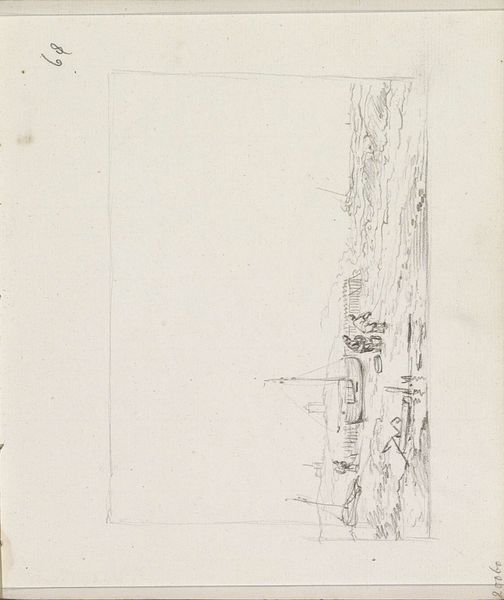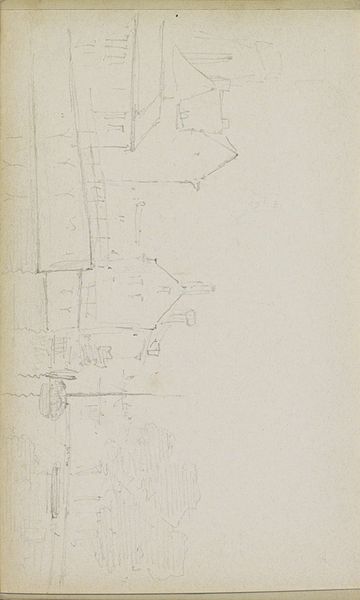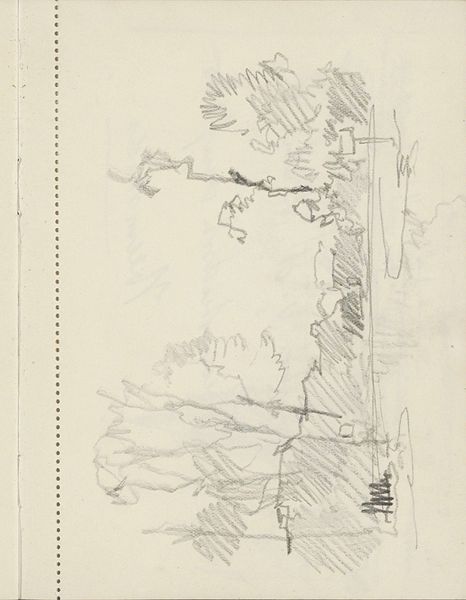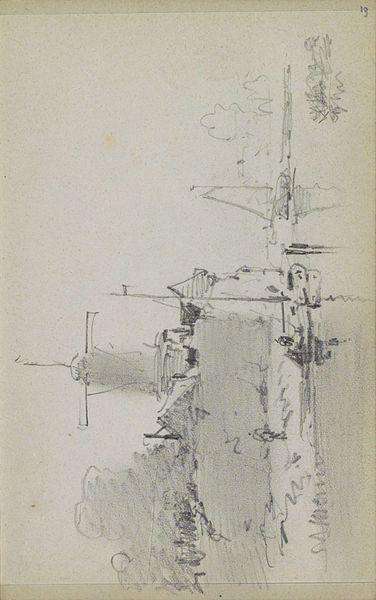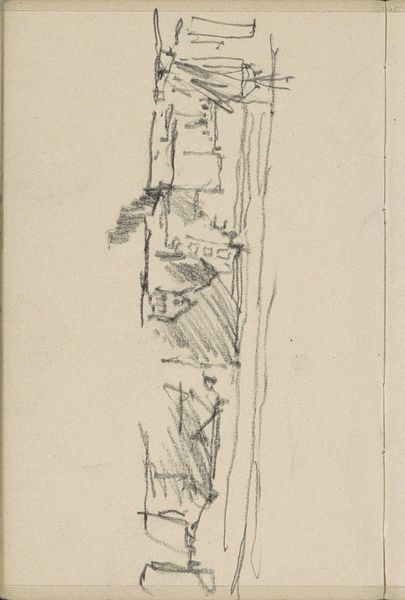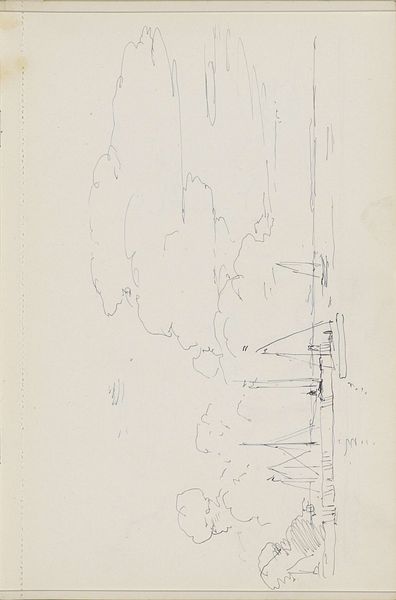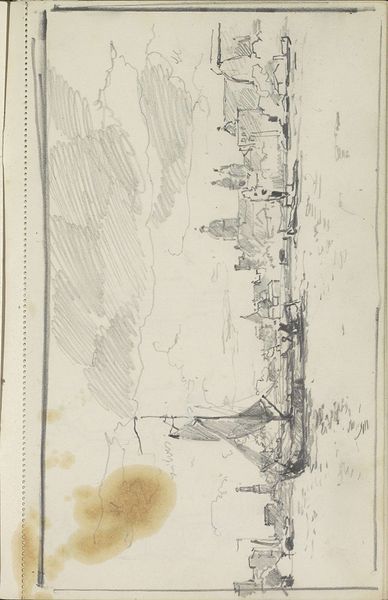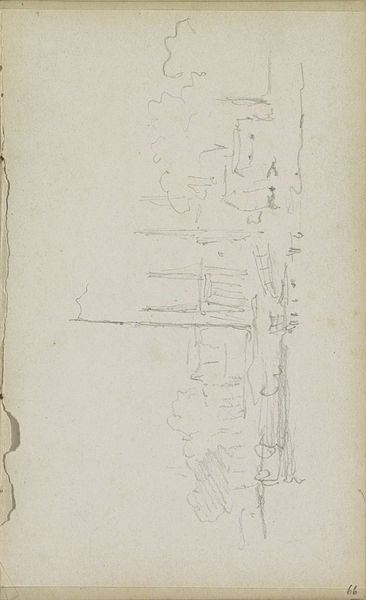
Copyright: Rijks Museum: Open Domain
Cornelis Vreedenburgh made this graphite drawing, "Wandelende man op een pad," sometime in the first half of the 20th century. Here we see a snapshot of Dutch life, the kind of everyday scene Vreedenburgh often captured. But let’s think about the social context. During this period, the Netherlands was undergoing significant modernization and urbanization. How might this rapid change have influenced the artist? Perhaps this drawing reflects a longing for simpler times, a quiet moment amidst the hustle and bustle. The Rijksmuseum, where this drawing now resides, plays a role too. As a national institution, it shapes our understanding of Dutch identity. By collecting and displaying works like this, the museum elevates everyday life to the level of art, inviting us to reflect on our own place in history. Art history isn't just about aesthetics, it is about understanding the relationship between art, society, and institutions. To explore this further, look into the social and economic conditions of the Netherlands in the early 20th century.
Comments
No comments
Be the first to comment and join the conversation on the ultimate creative platform.
